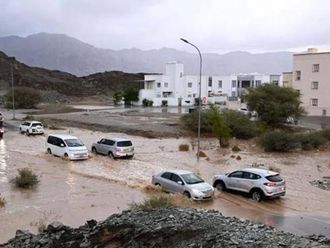New York: Anthropologists have discovered remnants of an ancient salt works that provide clues on how the Mayan society more than 1,000 years ago produced, stored and traded the mineral.
Analyses of stone tools found at the site, called the Paynes Creek Salt Works in Belize in Central America, revealed that the ancient Mayans made salt in large quantities.
They were also salting fish and meat to meet dietary needs and produced a commodity that could be stored and traded.
"Since we found virtually no fish or other animal bones during our sea-floor survey or excavations, I was surprised that the microscopic markings on the stone tools, which we call 'use-wear,' showed that most of the tools were used to cut or scrape fish or meat," said lead author Heather McKillop, Professor in the Louisiana State University in the US.
The site Paynes Creek Salt Works is a 3-square-mile area surrounded by mangrove forest that had been buried beneath a saltwater lagoon due to sea level rise. No remnants of fish or animal bones were found.
In the study, published in the journal PNAS, the team mapped and excavated the underwater sites and discovered more than 4,000 wooden posts that outline a series of buildings used as salt kitchens where brine was boiled in pots over fires to make salt.
The pottery is also used in modern and historic salt-making and is called briquetage.
The salt was hardened in pots to form salt cakes and used to salt fish and meat, which were storable commodities that could be transported to marketplaces by canoe within the region.
The Classic Mayan from AD 300-900 may have travelled by boat along the coast and up rivers to cities about 15 miles inland to trade and barter.
"These discoveries substantiate the model of regional production and distribution of salt to meet the biological needs of the Classic Mayan," McKillop said.












